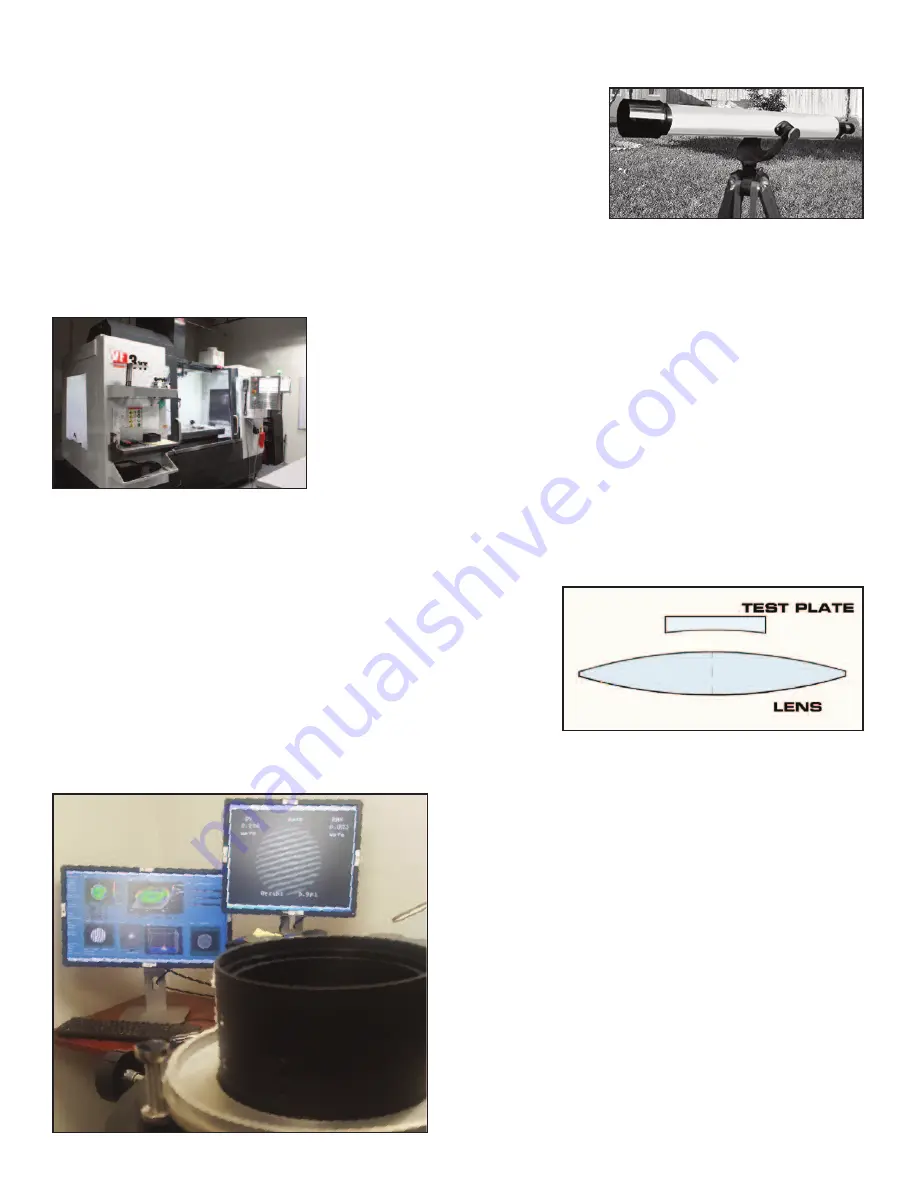
A MESSAGE FROM STELLARVUE FOUNDER VIC MARIS
When I was a child, I developed a love for astronomy. My parents wanted
to encourage my interest, so they bought me a 60 mm refractor. Like many
store-bought telescopes it was poorly made, showed very little detail, and
was difficult to use. I struggled for months and became very discouraged.
Then, I learned it was possible to make a telescope. Using my allowance, I
saved and purchased parts, ground and polished a 6” mirror, and made my
first handcrafted telescope.
At the age of 16, I went on to grind and polish a two-element, 5” achromatic lens. I learned a great deal in
these early years and discovered first-hand the importance of excellent optics combined with mounts that were
mechanically stable. Viewing the night sky using my handcrafted telescopes fed my interest, and inspired me
to continue learning more about astronomy and making telescopes.
Realizing that there was a need for high-quality refractor telescopes on the
market, I began Stellarvue in 1998. We have since invested in high-end
computer numeric controlled equipment and a state of the art testing facil-
ity. I am proud to say that each employee currently working at Stellarvue is
committed to making the best telescopes possible. Today, we deliver the
finest apo-triplet refractors available, and we strive to maintain a very high
standard of customer service.
Stellarvue telescopes are individually made, and each optic is tested multiple times to ensure perfection.
Please store and use it as you would any optical device. If dust accumulates on the lens, you may use a bulb
type blower to remove it. Always be careful to avoid marring the lens.
Stellarvue refractor lenses are fully multi-coated to increase light
transmission and contrast. Lenses are accurately hand-figured and
glass test plates are used to ensure accuracy. A test plate is a sepa-
rate optic that is figured to the precise curve required for a particular
optical surface. We make test plates for every surface on every optic
we make. These plates are placed on top of the surface of the lens
to ensure it is polished to the exact curve. When the curve on the
lens matches the curve on the test plate, straight lines will show
under an UV testing light. Placing these glass plates on the surface of the lens may result in some very fine
cosmetic lines or marks which do not affect performance in any way. This is normal in a high Strehl lens that is
continually tested during polishing.
Stellarvue strives to ensure the highest optical accuracy.
While many companies producing mass-produced lenses
rely solely on test plates, we confirm the accuracy of each
optical surface using our Zygo phase-shifting laser inter-
ferometer and extremely high precision test spheres that
measure the entire clear aperture of the objective lens.
With our SVX series telescopes we map the optical sur-
face and hand correct any imperfections in its figure. This
increases the accuracy of the objective to the highest
possible levels. This work is done in our optical shop
under tightly controlled conditions.
2




































